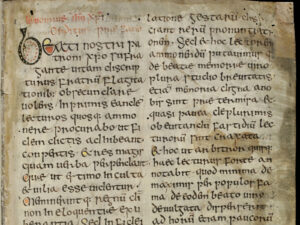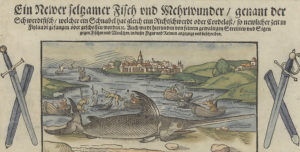
The Swiss foundation legend
William Tell and the Rütli Oath – the first person to commit this to paper was Petermann Etterlin. The Lucerne city clerk wrote the first comprehensive chronicle of the Swiss Confederation.
Walter stands under a tree, his head inclined to one side. His father, Wilhelm Tell, takes aim at the apple with his crossbow. If he hits his son instead of the fruit, the second arrow, stuck into his doublet, is destined for the bailiff.This iconic motif, which has become so deeply ingrained in Switzerland’s collective consciousness, is found in the first comprehensive chronicle of Swiss history. The work tells of the foreign bailiffs who appropriated solidly built stone houses and sought to seduce faithful wives. In response, the people of Schwyz, Uri, and Unterwalden banded together to resist their foreign overlords.
The chronicle was written between 1505 and 1507 by the Lucerne historian Petermann Etterlin.Thanks to the advent of printing, Etterlin’s version of the Swiss foundation legend circulated widely and continued to influence great artists, including Friedrich Schiller and Gioachino Rossini, for centuries to come.
Etterlin’s chronicle is currently on show in «Ideas Switzerland» at the National Museum Zurich. This installation explores the question of what has moulded the Switzerland we have today. Writings by Etterlin, Calvin, Rousseau and Dunant invite visitors to discover and decipher ideas about Switzerland. They are complemented by the Gotthard relief, the Dufour Map and numerous records of our country.
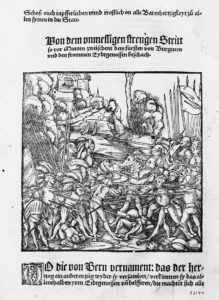
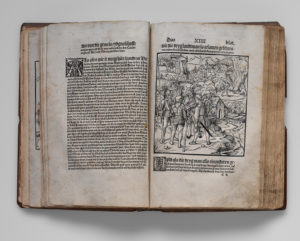
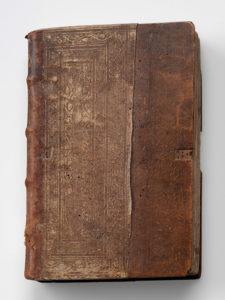
Chronicle of the Swiss Confederation, 1507, written by Petermann Etterlin. Photos: Swiss National Museum

